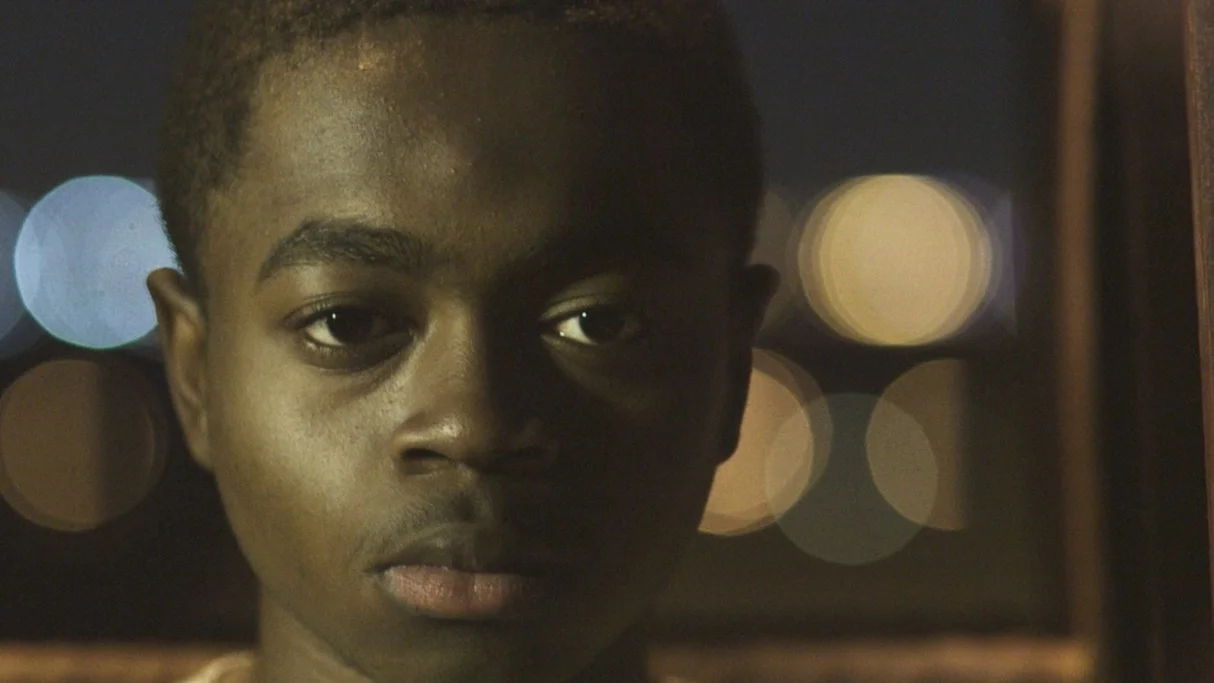SXSW 2017: Satan Said Dance
A title card before Satan Said Dance informs the audience that, “This film is a puzzle. 54 2-minute moments of Karolina’s life…They can be put together in 43 billion ways and they will always tell the same story.” Viewers would do well to keep that in mind as they follow the threads of this story about bulimic fledgling writer and trash pop club/scene girl Karolina (Magdalena Berus) who is both her own greatest champion and perpetually at odds with herself and her own needs.
Kasia Roslaniec’s direction and structural choices in Satan Said Dance fit the billing as “an Instagram film in the time of the selfie.” Satan Said Dance lives up to that label. No one scene absolutely belongs before or after any other. Only color choices are our potential guide into the personality of Karolina, as she navigates her own body and sexuality, her three boyfriends, and society’s expectations and assumptions of her based on her first novel, a rumored-autobiographical story about her affairs while underage and partaking in copious illicit drugs while in the club scene in Poland.
Berus’s performance is a layered one, in essence providing a different image for every audience the character finds in her life—fitting, as no two scenes directly lead into any other as-presented by the filmmakers. What results between structure and performance is a challenging and fractured portrait of a young woman who is even unsure how to fit the pieces of her own life together herself, but resents the uninvited suggestions on the subject from those around her.
Also worth noting is the film’s ambitious exhibition style—via a mobile app, viewers are not only welcome but outright invited by the filmmakers to rearrange scenes from the film to piece together Karolina’s story on their own terms. The character study the film adds up to is in no way diminished by lack of narrative guidance—we’re entirely meant to see Karolina in representative pieces, just as those around her and those who follow her on Instagram would. What we take from those pieces is mostly up to us, as the camera keeps us with Karolina but rarely shows us her perspective: Even moments that are ostensibly readings from her debut novel are accompanied not with any scene of Karolina living her life, but an image of her face becoming the novel’s title, a doll. At once letting us in but remaining guarded, Karolina’s own words belie her carefree attitude toward life. Just as with the overall film itself we are left with the contradiction, to make of it what we will.



